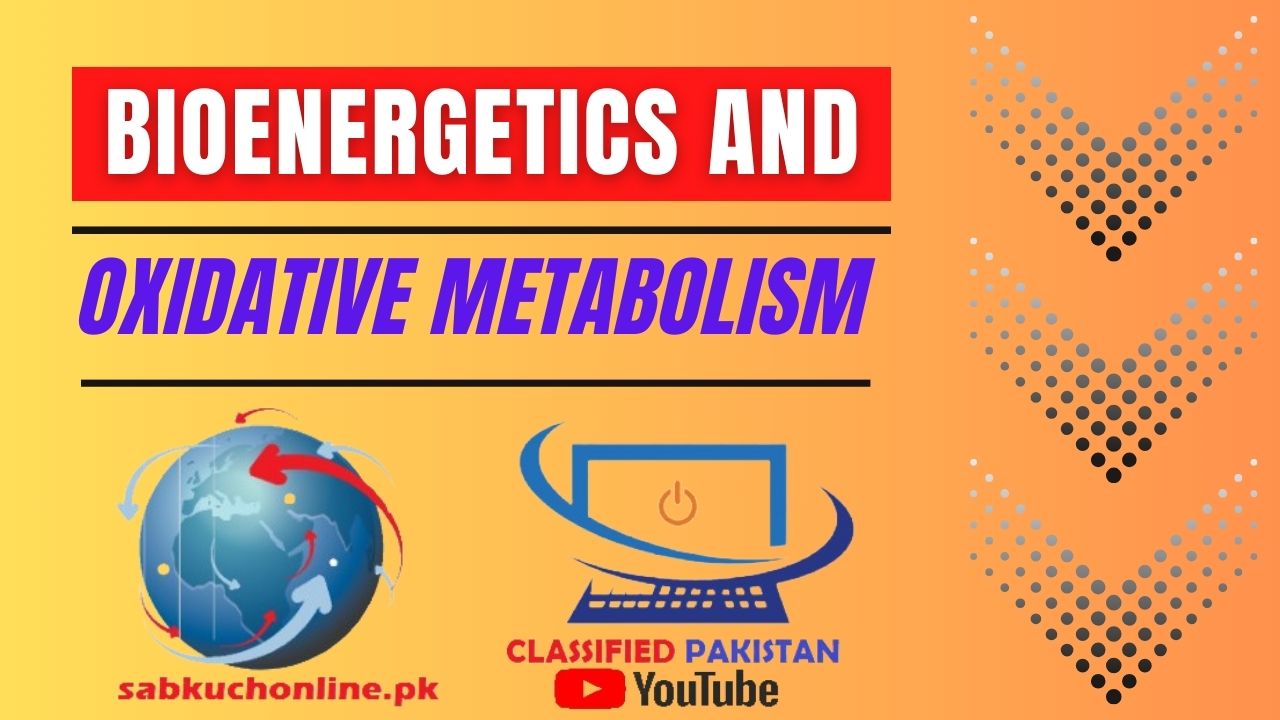Bioenergetics is the study of how living organisms acquire and utilize energy. In the context of cellular processes, bioenergetics focuses on the conversion, storage, and utilization of energy within cells. Cellular energy is primarily derived from the breakdown of nutrients through various metabolic pathways.
Oxidative metabolism is a specific aspect of bioenergetics that involves the process of cellular respiration, where cells use oxygen to generate energy by oxidizing nutrients. This process occurs in the mitochondria and consists of three main stages: glycolysis, the citric acid cycle (Krebs cycle), and oxidative phosphorylation.
Here’s an overview of these processes:
- Glycolysis:
- Location: In the cytoplasm.
- Description: The breakdown of glucose (a six-carbon sugar) into two molecules of pyruvate (a three-carbon compound).
- Energy Production: Generates a small amount of ATP and NADH.
- Citric Acid Cycle (Krebs Cycle):
- Location: In the mitochondrial matrix.
- Description: Completes the oxidation of glucose-derived pyruvate to carbon dioxide.
- Energy Production: Generates NADH and FADH2 (electron carriers) and some ATP.
- Oxidative Phosphorylation:
- Location: In the inner mitochondrial membrane.
- Description: Utilizes electron carriers (NADH and FADH2) produced in glycolysis and the citric acid cycle to generate ATP.
- Energy Production: The electrons from NADH and FADH2 pass through a series of protein complexes (electron transport chain), creating a flow of protons across the inner mitochondrial membrane. The energy released is used to pump protons into the intermembrane space, creating a proton gradient. ATP synthase then utilizes the energy from the proton gradient to produce ATP from adenosine diphosphate (ADP) and inorganic phosphate (Pi).
Key Concepts:
- Aerobic vs. Anaerobic Metabolism:
- Aerobic metabolism occurs in the presence of oxygen and involves oxidative phosphorylation in the mitochondria.
- Anaerobic metabolism occurs in the absence of oxygen and involves processes like glycolysis.
- Role of Mitochondria:
- Mitochondria are often referred to as the “powerhouses of the cell” because they are the primary site of oxidative metabolism.
- Energy Carriers:
- NADH and FADH2 act as carriers of high-energy electrons, which are used in oxidative phosphorylation to produce ATP.
- ATP as Energy Currency:
- ATP (adenosine triphosphate) is the primary energy currency in cells. It stores and releases energy during cellular processes.
- Efficiency of Oxidative Phosphorylation:
- Oxidative phosphorylation is highly efficient in terms of ATP production compared to anaerobic processes.
Understanding bioenergetics and oxidative metabolism is fundamental to comprehending how cells derive and utilize energy. These processes are essential for maintaining cellular functions, growth, and overall organismal health.
